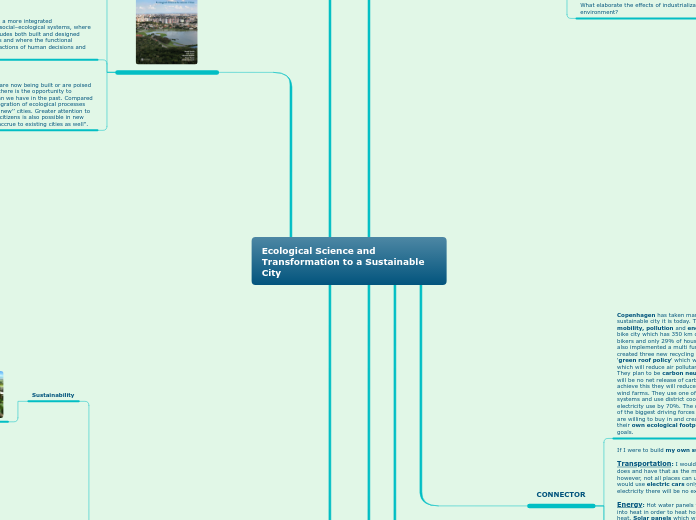por Maddison Toppe hace 5 años
337
Ecological Science and Transformation to a Sustainable City
A sustainable city aims to establish a long-lasting, balanced lifestyle across ecological, economic, political, and cultural domains. This urban model focuses on minimizing waste through recycling and reuse, addressing hazards to reduce vulnerabilities, and ensuring that no community is disproportionately exposed to risks.









